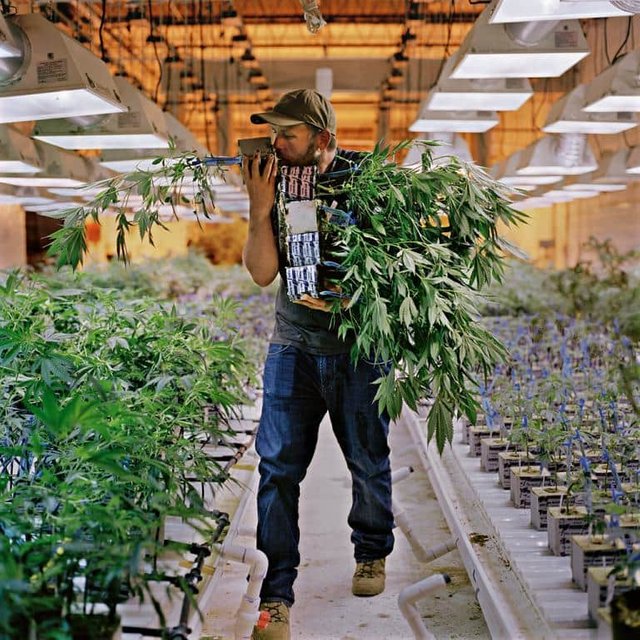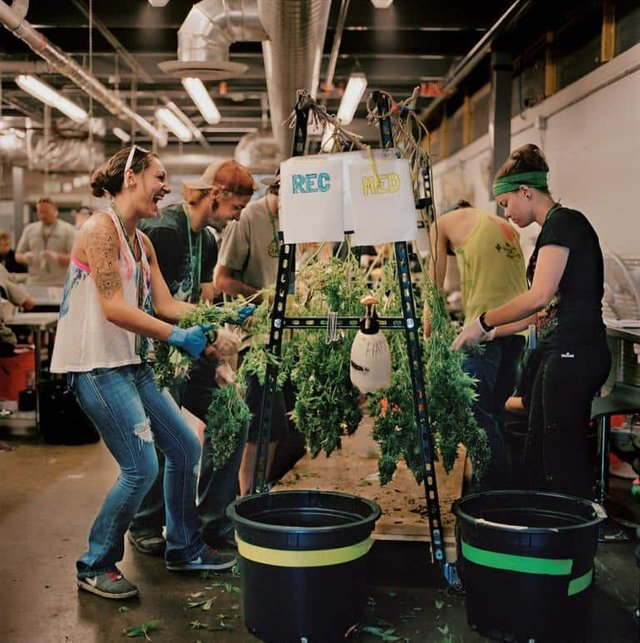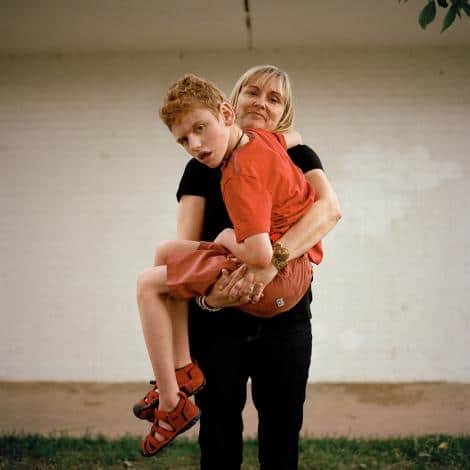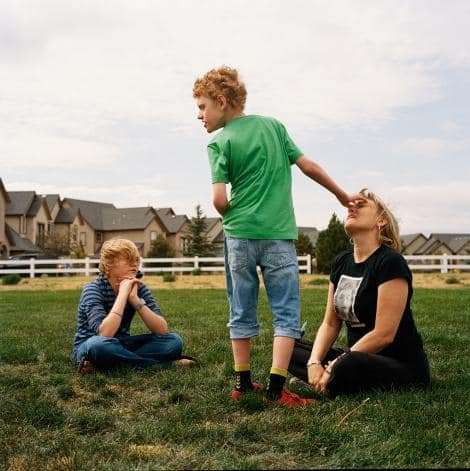Science Seeks to Unlock Marijuana Secrets
Dear steemit members,
Below is a fact based piece of information extracted from the High science Magazine that every one should read.
THE CHEMIST: TREASURE TROVE
Even into the middle of the 20th century, science still didn’t understand the first thing about marijuana. What was inside it and how it worked remained a mystery. Because of its illegality and tainted image, few serious scientists wanted to besmirch their reputations by studying it.
Then one day in 1963 a young organic chemist in Israel named Raphael Mechoulam, working at the Weizmann Institute of Science outside Tel Aviv, decided to peer into the plant’s chemical composition. It struck him as odd that even though morphine had been teased from opium in 1805 and cocaine from coca leaves in 1855, scientists had no idea what the principal psychoactive ingredient was in marijuana. “It was just a plant,” says Mechoulam, now 84. “It was a mess, a mélange of unidentified compounds.”
So Mechoulam called the Israeli national police and scored five kilos of confiscated Lebanese hashish. He and his research group isolated—and in some cases also synthesized—an array of substances, which he injected separately into rhesus monkeys. Only one had any observable effect. “Normally the rhesus monkey is quite an aggressive individual,” he says. But when injected with this compound, the monkeys became emphatically calm. “Sedated, I would say,” he recalls with a chuckle.

Picture of a neurologist at New York University
Orrin Devinsky, a neurologist at New York University, is more skeptical. He’s leading a clinical trial to test CBD against a placebo in treating forms of epilepsy. “There’s real potential,” he says, “but we urgently need valid data.”
PHOTOGRAPH BY LYNN JOHNSON
Further testing found what the world now knows: This compound is the plant’s principal active ingredient, its mind-altering essence—the stuff that makes you high. Mechoulam, along with a colleague, had discovered tetrahydrocannabinol (THC). He and his team also elucidated the chemical structure of cannabidiol (CBD), another key ingredient in marijuana, one that has many potential medical uses but no psychoactive effect on humans.
For these breakthroughs and many others, Mechoulam is widely known as the patriarch of cannabis science. Born in Bulgaria, he is a decorous man with wispy white hair and watery eyes who wears natty tweeds, silk scarves, and crisp dress slacks. He’s a respected member of the Israel Academy of Sciences and Humanities and an emeritus professor at Hebrew University’s Hadassah Medical School, where he still runs a lab. The author of more than 400 scientific papers and the holder of about 25 patents, this kindly grandfather has spent a lifetime studying cannabis, which he calls a “medicinal treasure trove waiting to be discovered.” His work has spawned a subculture of cannabis research around the globe. Though he says he’s never smoked the stuff, he’s a celebrity in the pot world and receives prodigious amounts of fan mail.
“It’s all your fault,” I say to him when we meet in his book-lined, award-crammed office to discuss the explosion of interest in the science of marijuana.
“Mea culpa!” he replies with a smile.
Israel has one of the world’s most advanced medical marijuana programs. Mechoulam played an active role in setting it up, and he’s proud of the results. More than 20,000 patients have a license to use cannabis to treat such conditions as glaucoma, Crohn’s disease, inflammation, appetite loss, Tourette’s syndrome, and asthma.
Despite that, he’s not particularly in favor of legalizing cannabis for recreational use. He doesn’t think anyone should go to jail for possessing it, but he insists that marijuana is “not an innocuous substance”—especially for young people. He cites studies showing that the prolonged use of high-THC strains of marijuana can change the way the developing brain grows. He notes that in some people cannabis can provoke serious and debilitating anxiety attacks. And he points to studies that suggest cannabis may trigger the onset of schizophrenia among those who have a genetic predisposition to the disease.
If he had his way, what Mechoulam regards as the often irresponsible silliness of recreational pot culture would give way to an earnest and enthusiastic embrace of cannabis—but only as a medical substance to be strictly regulated and relentlessly researched. “Right now,” he complains, “people don’t know what they’re getting. For it to work in the medical world, it has to be quantitative. If you can’t count it, it’s not science.”
In 1992 Mechoulam’s quest for quantification led him from the plant itself to the inner recesses of the human brain. That year he and several colleagues made an extraordinary discovery. They isolated the chemical made by the human body that binds to the same receptor in the brain that THC does. Mechoulam named it anandamide—from the Sanskrit for “supreme joy.” (When asked why he didn’t give it a Hebrew name, he replies, “Because in Hebrew there are not so many words for happiness. Jews don’t like being happy.”)
Since then several other so-called endocannabinoids and their receptors have been discovered. Scientists have come to recognize that endocannabinoids interact with a specific neurological network—much the way that endorphins, serotonin, and dopamine do. Exercise, Mechoulam notes, has been shown to elevate endocannabinoid levels in the brain, and “this probably accounts for what jogging enthusiasts call runner’s high.” These compounds, he explains, apparently play an important role in such basic functions as memory, balance, movement, immune health, and neuroprotection.
Typically, pharmaceutical companies making cannabis-based medicines have sought to isolate individual compounds from the plant. But Mechoulam strongly suspects that in some cases those chemicals would work much better in concert with other compounds found in marijuana. He calls this the entourage effect, and it’s just one of the many cannabis mysteries that he says require further study.
“We have just scratched the surface,” he says, “and I greatly regret that I don’t have another lifetime to devote to this field, for we may well discover that cannabinoids are involved in some way in all human diseases.”

THE BIOCHEMIST: MIRACLE CURE?
By now nearly everyone has heard that cannabis can play a palliative role for cancer sufferers, especially in alleviating some of the nasty side effects of chemotherapy. There’s no question that pot can stave off nausea, improve appetite, and help with pain and sleep. But could it cure cancer? Troll the Internet and you’ll see hundreds, if not thousands, of such claims. A gullible Googler could easily believe we’re on the brink of a miracle cure.
THE CAREGIVER: MEDICAL MIGRANTS
The seizures started in May 2013 when she was six months old. Infantile spasms, they were called. It looked like a startle reflex—her arms rigid at her side, her face a frozen mask of fear, her eyes fluttering from side to side. Addelyn Patrick’s little brain raced and surged, as though an electromagnetic storm were sweeping through it. “It’s your worst possible nightmare,” her mother, Meagan, says. “Just awful, awful, awful to watch your child in pain, in fear, and there’s nothing you can do to stop it.”
From their small town in southwestern Maine, Meagan and her husband, Ken, took Addy to Boston to consult with neurologists. These epileptic seizures, they concluded, were the result of a congenital brain malformation called schizencephaly. One of the hemispheres of Addy’s brain had not developed fully in utero, leaving an abnormal cleft. She also had a related condition called optic nerve hypoplasia, which caused her eyes to wander—and which, further tests revealed, made her all but blind. By summer Addy was having 20 to 30 seizures a day. Then 100 a day. Then 300. “Everything was misfiring all at once,” says Meagan. “We were afraid we were going to lose her.”
The Patricks followed the advice they’d been given and heavily medicated Addy with anticonvulsants. The powerful meds reduced her seizures, but they also put her to sleep for almost the entire day. “Addy was gone,” Meagan says. “She just lay there, sleeping all the time. Like a rag doll.”
Meagan quit her job as a third-grade teacher to care for her daughter. Over nine months Addy was hospitalized 20 times.

Lily Rowland receives a dose of an oil derived mainly from cannabidiol (CBD), a nonpsychoactive substance in marijuana. She used to suffer hundreds of seizures with violent convulsions every day. Her family moved to Colorado, which voted to legalize marijuana in 2012, so that she could begin a daily regimen.

The drug doesn’t work for everyone, but today nine-year-old Lily is often seizure free and on her worst days has only one or two.
PHOTOGRAPH BY LYNN JOHNSON
When Meagan’s in-laws suggested they look into medical marijuana, she recoiled. “This is a federally illegal drug we are talking about,” she recalls thinking. But she did her own research. A good deal of anecdotal evidence shows that high-CBD strains of cannabis can have a strong antiseizure effect. The medical literature, though scant, goes back surprisingly far. In 1843 a British doctor named William O’Shaughnessy published an article detailing how cannabis oil had arrested an infant’s relentless convulsions.
In September 2013 the Patricks met with Elizabeth Thiele, a pediatric neurologist at Boston’s Massachusetts General Hospital who’s helping lead a study of CBD in treating refractory childhood epilepsy. Legally, Thiele could not prescribe cannabis to Addy or even recommend it. But she strongly advised the Patricks to consider all medical options.
Encouraged, Meagan went to Colorado and met with parents whose epileptic children were taking a strain of cannabis called Charlotte’s Web, named for a little girl, Charlotte Figi, who’d responded astonishingly well to the low-THC, high-CBD oil produced near Colorado Springs.
What Meagan saw in Colorado impressed her—the growing knowledge base of cannabis producers, the kinship of parents coping with similar ordeals, the quality of the dispensaries, and the expertise of the test labs in ensuring consistent cannabis-oil formulations. Colorado Springs had become a mecca for a remarkable medical migration. More than a hundred families with children who had life-threatening medical conditions had uprooted themselves and moved. These families, many of them associated with a nonprofit organization called the Realm of Caring, consider themselves “medical refugees.” Most couldn’t medicate their children with cannabis in their home states without risking arrest for trafficking or even child abuse.
Meagan experimented with high-CBD oil. The seizures all but stopped. She weaned Addy off some of her other meds, and it was as though she’d come back from a coma. “It sounds like a small thing,” says Meagan. “But if you have a child who smiles for the first time in many, many months, well, your whole world changes.”
By early last year the Patricks had made up their minds. They would move to Colorado to join the movement. “It was a no-brainer,” Meagan says. “If they were growing something on Mars that might help Addy, I’d be in my backyard building a spaceship.”
When I meet the Patricks in late 2014, they’ve settled into their new home on the north side of Colorado Springs. Pikes Peak looms in their living room window. Addy is thriving. Since first taking CBD oil, she hasn’t been hospitalized. She still has occasional seizures—one or two a day—but they’re less intense. Her eyes wander less. She listens more. She laughs. She’s learned how to hug and has discovered the power of her vocal cords.
Critics contend that the Realm of Caring parents are using their kids as guinea pigs, that not enough studies have been done, that many, if not most, of the claims can be dismissed as the result of the placebo effect. “It’s true, we don’t know the long-term effects of CBD, and we should study it,” Meagan says. “But I can tell you this. Without it, our Addy would be a sack of potatoes.” No one asks, she notes, about the long-term effects of a widely used pharmaceutical that has been routinely prescribed for her two-year-old. “Our insurance pays for it, no questions asked,” she says. “But it’s highly addictive, highly toxic, turns you into a zombie, and can actually kill you. And yet it’s perfectly legal.”

Kim Clark’s younger son, Caden, 11, suffers from severe epilepsy. Despite having brain surgery twice, he’d never had a seizure-free day until he started taking CBD oil.

Caden’s brother, Jax, 13, had suggested that the family move to Colorado to try CBD. “There was a person in there waiting to be unlocked. I could see him but I couldn’t reach him,” Kim says. “I want everyone to come to see him—legislators, doctors, researchers.”
Thiele says early results of the CBD study are extremely encouraging. “CBD is not a silver bullet—it doesn’t work for everybody,” she cautions. “But I’m impressed. It clearly can be a very effective treatment for many people. I have several kids in the study who’ve been completely seizure free for over a year.”
Reports like these only deepen Meagan’s frustrations with what she has come to regard as the imbecility of federal marijuana laws that put her at risk of arrest for transporting a drug that “wouldn’t get a mouse high” across state lines. “It’s unacceptable,” she says, “that we’re allowing our citizens to suffer like this.”
But the Patricks are in a good place now—happier than they’ve been in years. “We have Addy back again,” Meagan says. “If I wasn’t living through this, I don’t know that I’d believe it myself. I don’t feel like cannabis is a miracle cure. But I feel like it should be a tool in every neurologist’s toolbox, all around the country.”
CBD is AWESOME!
Easily test the cannabis you're using for CBD content, with this...
8-Minute DIY Home Test!! Clear and Accurate results!.
Best results from CBD usage kick in at about 3 weeks of daily usage!
Can Also Be Used on Vegging Plants! Accurately!!!
Congratulations @parichehr! You have completed some achievement on Steemit and have been rewarded with new badge(s) :
Click on any badge to view your own Board of Honnor on SteemitBoard.
For more information about SteemitBoard, click here
If you no longer want to receive notifications, reply to this comment with the word
STOPBy upvoting this notification, you can help all Steemit users. Learn how here!
Hi! I am a robot. I just upvoted you! I found similar content that readers might be interested in:
http://www.nationalgeographic.com/magazine/2015/06/marijuana-science-drug-research-legality/
Hey! thank you!
The fact is that I am pretty much fascinated by the impact of cannabis on the central nervous system and that is why I posted only the part proving its influence.